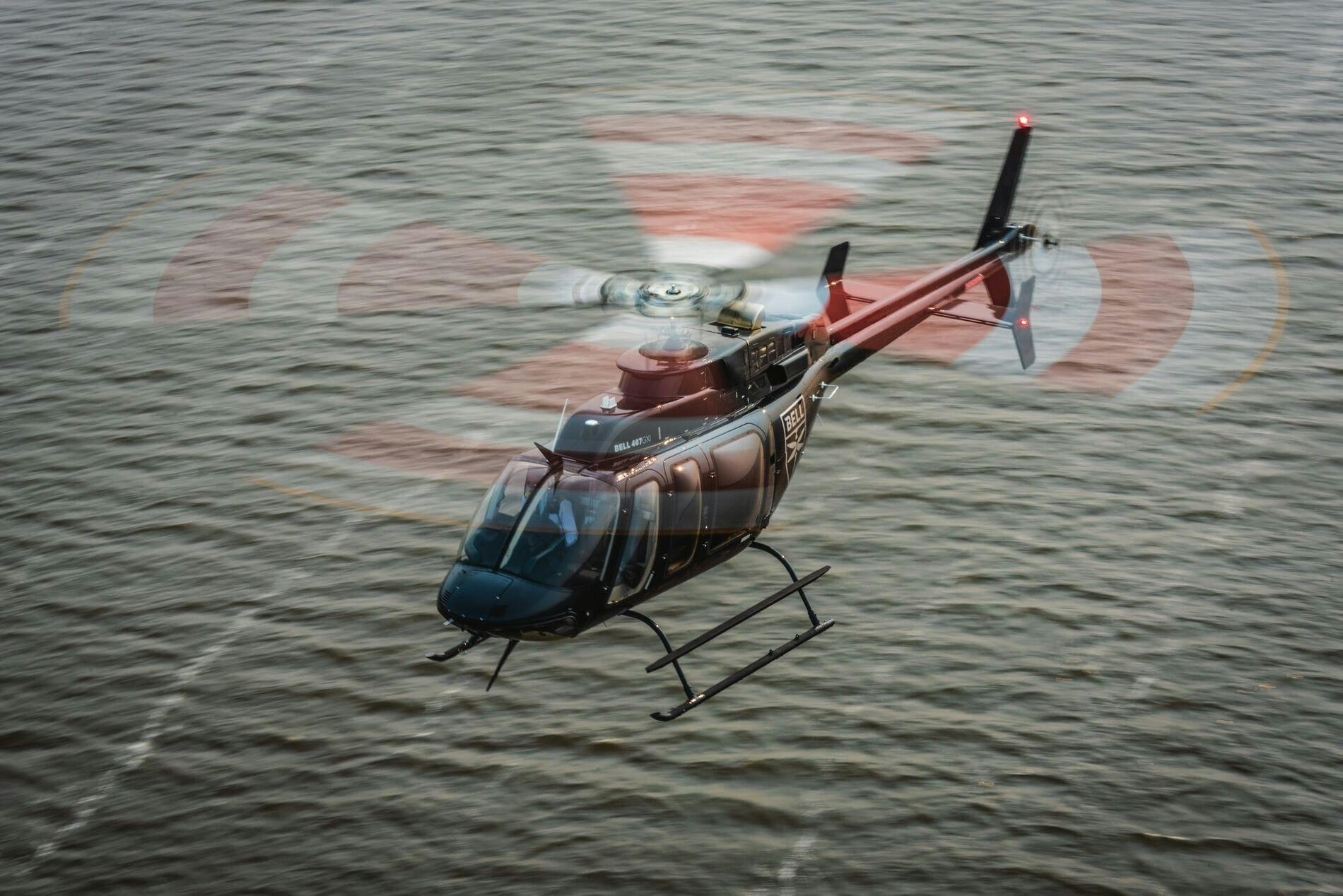
AeroGenie — Seu copiloto inteligente.
Tendências
Categories
US Tourism Industry to Benefit from Aviation Festival Americas 2026 Partnership with Oneworld
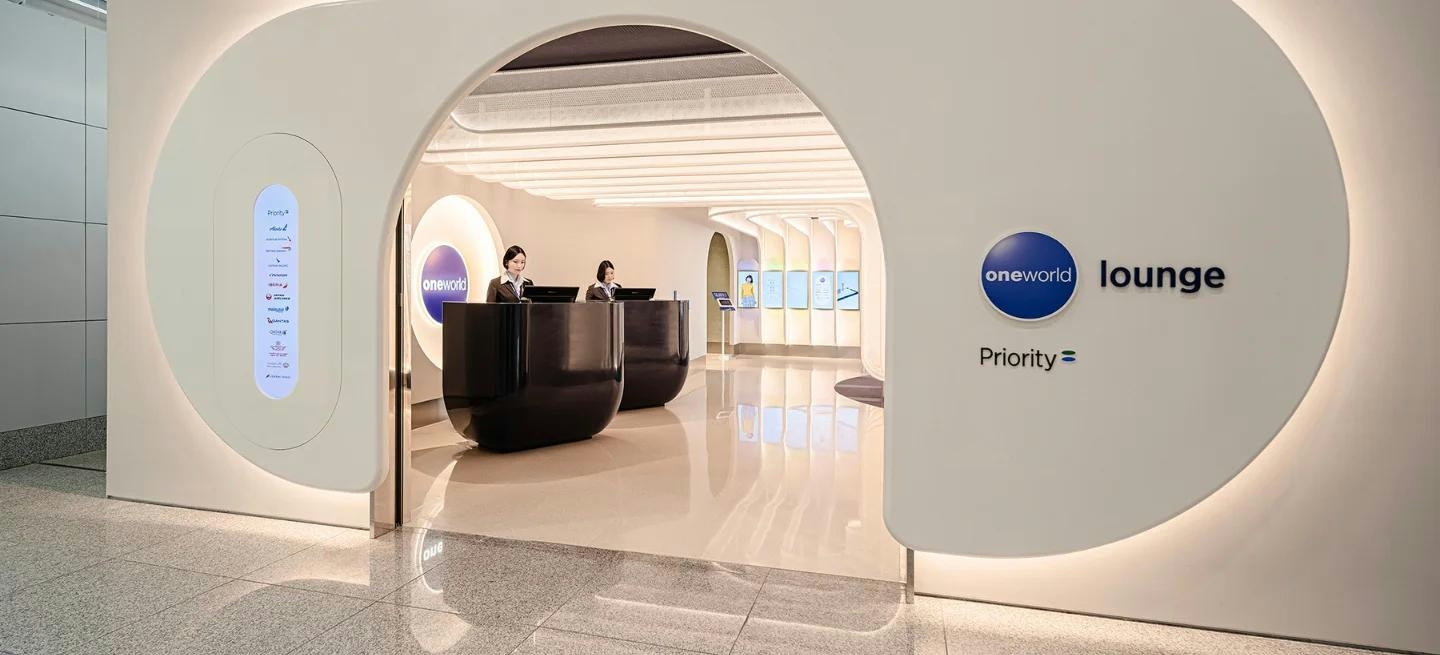
US Tourism Industry to Benefit from Aviation Festival Americas 2026 Partnership with Oneworld
Miami to Host Aviation Festival Americas 2026 with Oneworld Collaboration
Miami, Florida, is set to welcome over 2,000 professionals from the airline, airport, and travel technology sectors on June 3-4, 2026, as the Aviation Festival Americas returns to the city. This event will emphasize Miami’s role as a strategic hub for innovation within the aviation and tourism industries. A notable feature of this year’s festival is its partnership with Oneworld, a leading global airline alliance. This collaboration is expected to introduce new international perspectives and foster enhanced cooperation across the aviation and tourism landscapes.
Oneworld, which comprises 15 major airlines and more than 20 affiliates—including American Airlines, British Airways, and Cathay Pacific—demonstrates a collective commitment to shaping the future of air travel. Attendees will engage with industry leaders on a range of critical topics, including automation, artificial intelligence, sustainable airline operations, and modern retailing. These discussions aim to connect regional trends with broader global developments, positioning Miami as a focal point for industry advancement.
Navigating Challenges Amid Opportunities for Growth
Despite the festival’s focus on innovation and Miami’s growing prominence as an international gateway, the US tourism industry faces significant challenges. Recent policy changes, such as the introduction of a $250 visa fee and more stringent entry requirements, have contributed to an 8.2% decline in international arrivals in 2025. These measures have prompted investors to shift capital toward destinations with more favorable visa policies, including Thailand and Mexico. This shift has negatively impacted US travel stocks and raised concerns about potential retaliatory measures from other countries.
In this context, the Aviation Festival Americas provides a vital platform for industry leaders to explore strategies aimed at reversing the decline in international tourism. Key discussions will focus on improving passenger experiences, optimizing airline route networks, and advancing sustainable travel solutions. These efforts are intended to enhance the attractiveness and accessibility of US destinations in a competitive global market.
Industry Collaboration, Innovation, and Sustainability
The gathering of global airline executives and technology experts in Miami underscores the city’s appeal as a center for aviation and tourism collaboration. However, ongoing uncertainties in US policy have allowed international competitors to capitalize on the situation, attracting a greater share of global travelers. This dynamic has shifted market focus increasingly toward domestic travel, benefiting companies such as Marriott International and Delta Air Lines as American travelers opt to explore within the country.
Innovation and sustainability will be central themes at the festival. The integration of AI and automation is expected to streamline airline operations, while evolving retail strategies aim to enhance customer engagement. Additionally, sustainable practices designed to reduce environmental impact will be highlighted, reflecting the industry’s commitment to meeting the expectations of environmentally conscious travelers.
The Aviation Festival Americas 2026, strengthened by its partnership with Oneworld, will serve as a catalyst for progress within the aviation and tourism sectors. As stakeholders convene in Miami, the event will emphasize the critical relationship between efficient, innovative aviation networks and the overall vitality of the US tourism industry amid evolving policy and market conditions.

Europe Advances Aviation Sustainability Through SAF Mandates and Innovation

Lufthansa's Fleet Plans for 2025
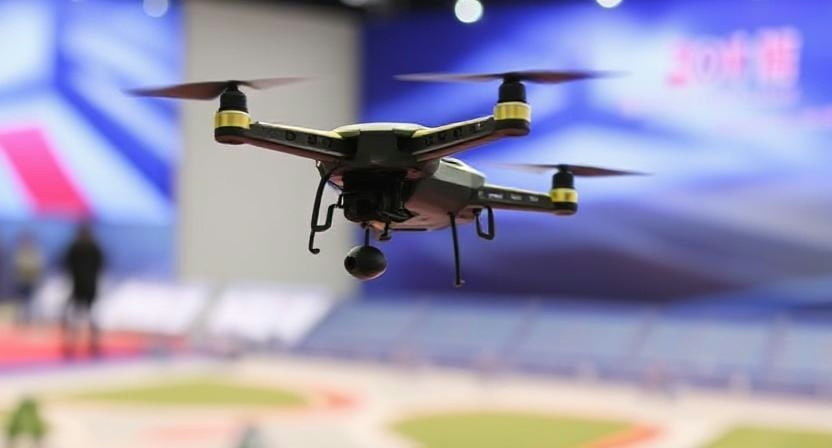
Fifteenth National Games Model Aviation Finals in Longhua Showcase Drone Sports and Innovation

Brazilian Woman Becomes First Female Captain of Airbus A380
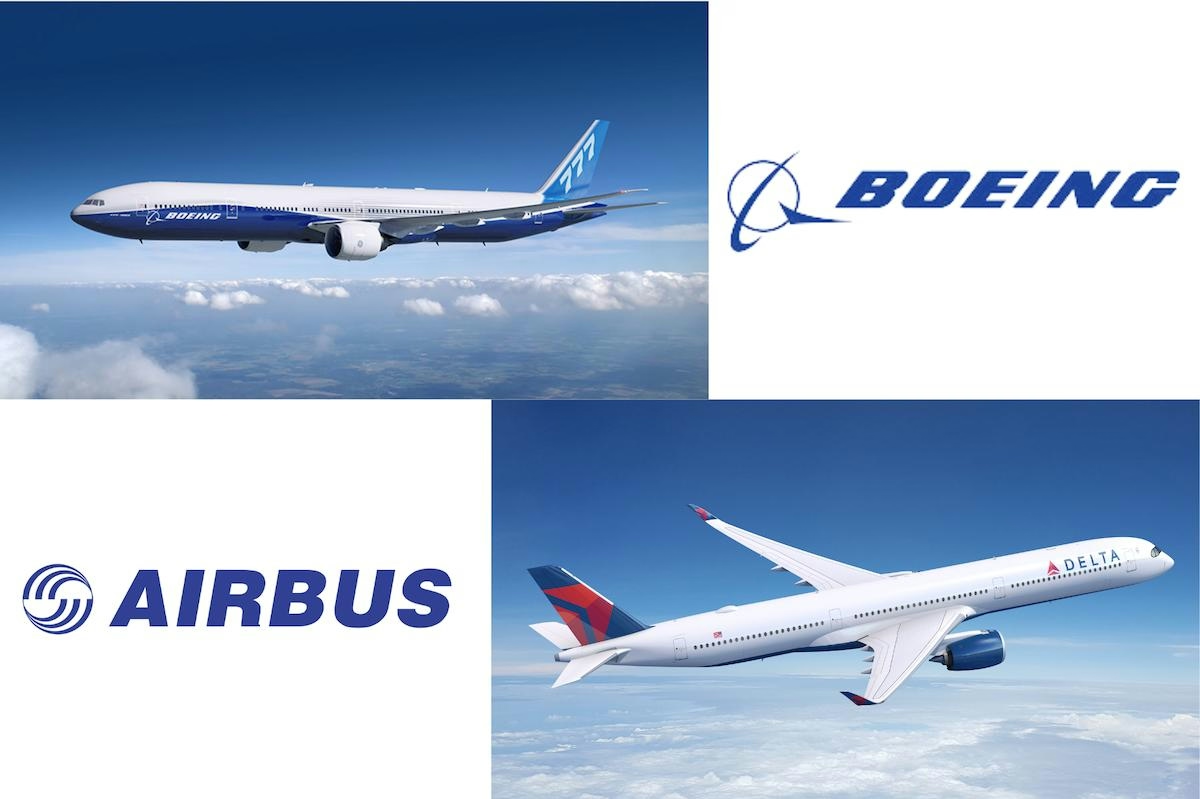
Airbus and Boeing: Comparing Their Global Reach

Vietjet Orders 100 Airbus A321neo Jets, Strengthening UK-Vietnam Strategic Partnership

The Aircraft Set to Replace the Iconic Superjumbo

Delta Air Lines Introduces AI-Powered Concierge Service
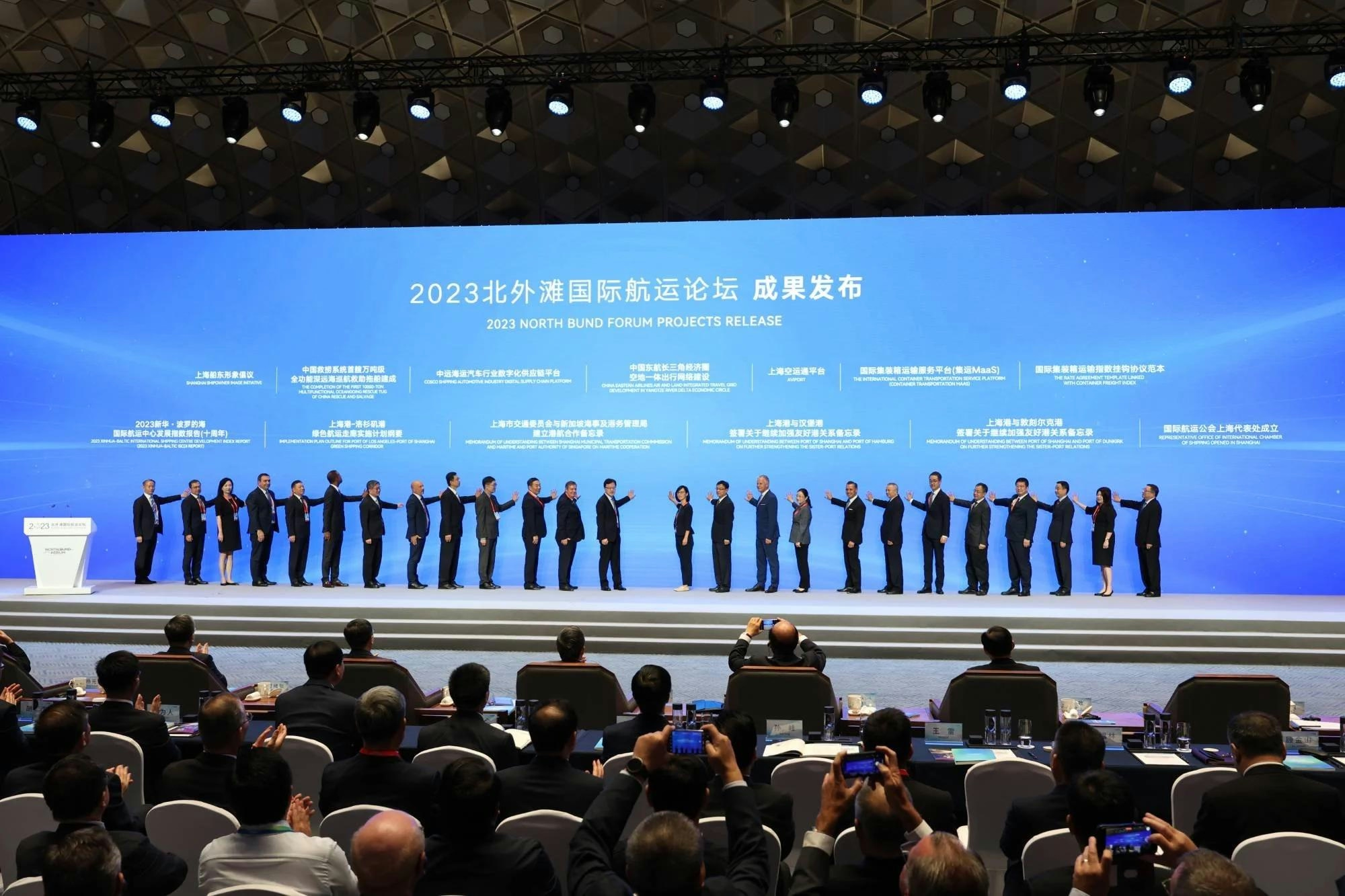
Shanghai to Host 2025 North Bund International Aviation Forum
